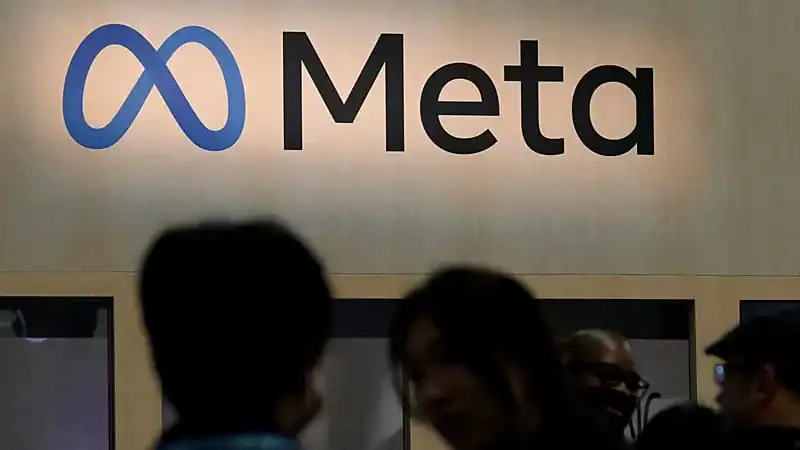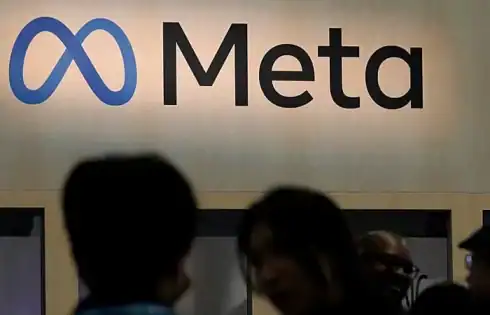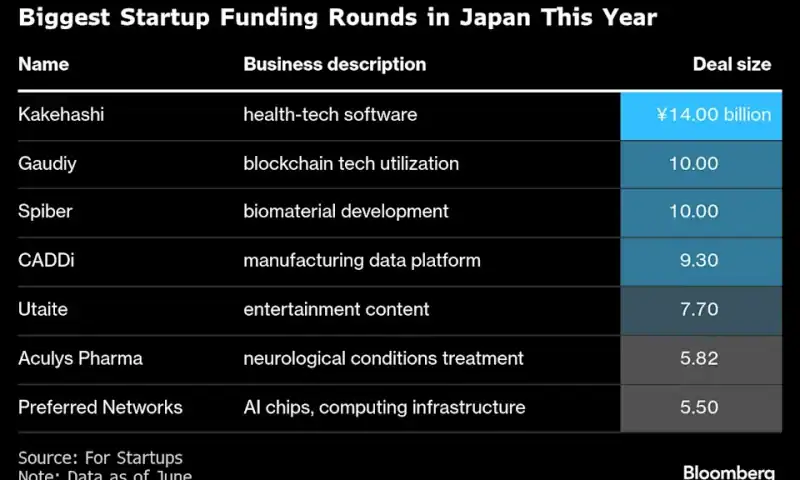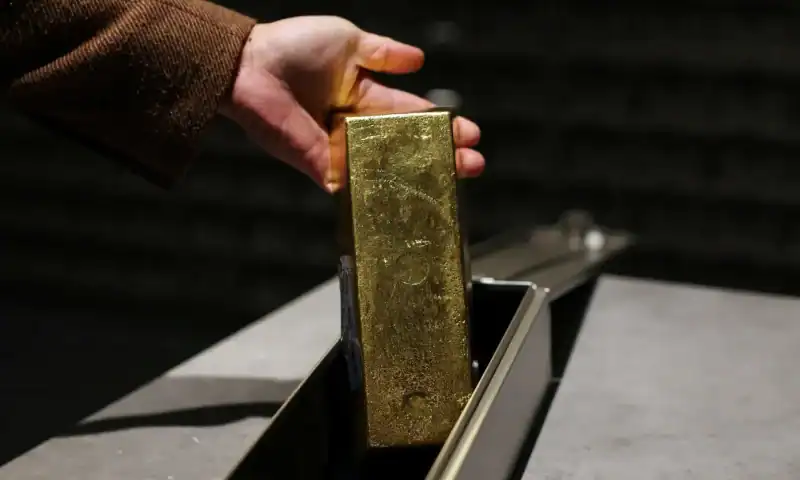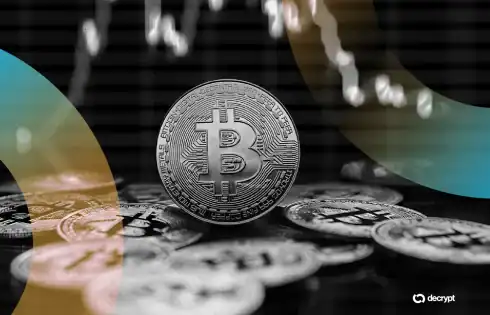SoundHound AI (SOUN) Is Down 12.2% After Raising 2025 Revenue Outlook Amid Continued Losses

In the third quarter of 2025, SoundHound AI reported record revenue of US$42.05 million, up from US$25.09 million a year earlier, and raised its full-year revenue outlook to US$165 million–US$180 million.
The company’s strong sales momentum, alongside expansion through acquisitions and new enterprise contracts, comes despite ongoing losses and increased competition in its core markets.
We’ll examine how SoundHound’s raised annual revenue guidance and continued growth reshape its investment narrative and future outlook.
SoundHound AI Investment Narrative Recap
To own a stake in SoundHound AI, you need confidence that the accelerating adoption of voice and conversational AI globally will keep driving its revenue growth, even as competition intensifies and profitability remains elusive. The latest record revenue and raised guidance underscore strong sales momentum, but do not resolve the biggest near-term risk: persistent net losses that put pressure on the company’s ability to eventually deliver sustained profits. For now, SoundHound’s growth trajectory and cash balance remain the most important short-term catalysts, and the impact of the recent earnings beat does not materially change these factors.
Among the recent developments, the expanded partnership with Telarus is most relevant, complementing SoundHound’s push to scale its Amelia 7 agentic AI platform across new verticals. This deal could support customer diversification and help offset lumpy revenue cycles, but whether it can contribute meaningfully to margin improvement or reduce reliance on large, unpredictable contracts remains to be seen. The announcement aligns closely with SoundHound’s narrative of broadening its enterprise reach to maintain growth momentum.
Yet, in contrast, there’s an ongoing issue that investors should be aware of: SoundHound’s high losses and reliance on large deals remain key risks that…
SoundHound AI’s outlook anticipates $308.5 million in revenue and $40.4 million in earnings by 2028. This implies a 32.9% annual revenue growth rate and an increase in earnings of $265.8 million from the current level of -$225.4 million.
Exploring Other Perspectives
Fourteen fair value estimates from the Simply Wall St Community range from US$3.41 to US$28.58 per share, reflecting wide-ranging expectations. Against this backdrop, persistent net losses could influence whether optimistic growth scenarios are realized, review other perspectives for a fuller picture.
Build Your Own SoundHound AI Narrative
Disagree with existing narratives? Create your own in under 3 minutes – extraordinary investment returns rarely come from following the herd.
- A great starting point for your SoundHound AI research is our analysis highlighting 1 key reward and 3 important warning signs that could impact your investment decision.
- Our free SoundHound AI research report provides a comprehensive fundamental analysis summarized in a single visual – the Snowflake – making it easy to evaluate SoundHound AI’s overall financial health at a glance.
Looking For Alternative Opportunities?
Markets shift fast. These stocks won’t stay hidden for long. Get the list while it matters:
- The end of cancer? These 29 emerging AI stocks are developing tech that will allow early identification of life changing diseases like cancer and Alzheimer’s.
- These 11 companies survived and thrived after COVID and have the right ingredients to survive Trump’s tariffs. Discover why before your portfolio feels the trade war pinch.
- AI is about to change healthcare. These 30 stocks are working on everything from early diagnostics to drug discovery. The best part – they are all under $10b in market cap – there’s still time to get in early.




